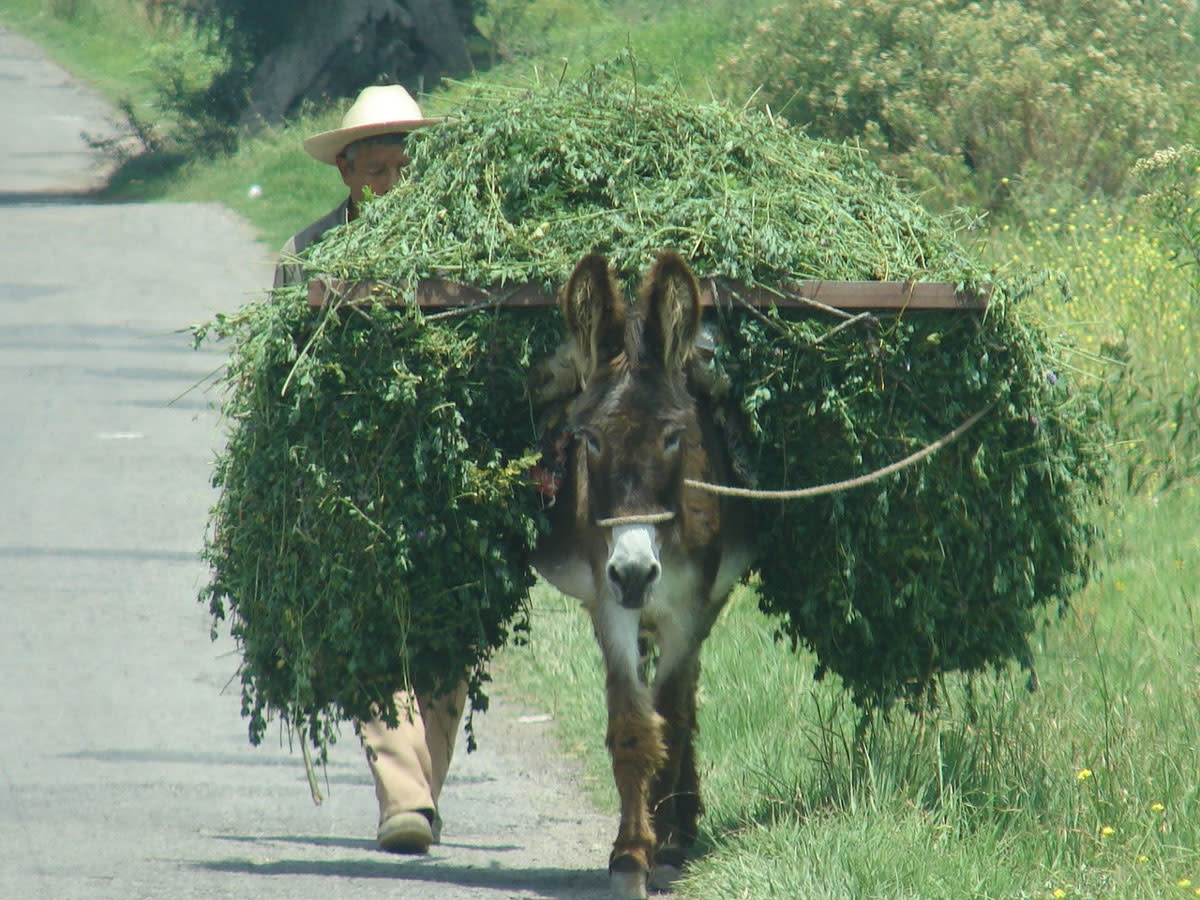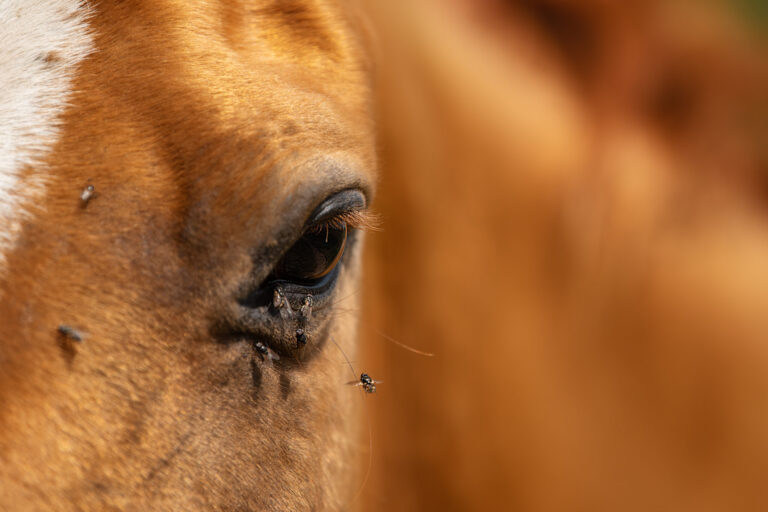
Donkey medicine and welfare: free access to what vets need to know
With the global donkey population estimated at around 46 million, it’s imperative for the veterinary profession to stay well-informed about the unique biology and disease susceptibility of this stoic species of equidae. To help, the Equine Veterinary Journal (EVJ) and Equine Veterinary Education (EVE) have collaborated to produce a virtual collection of seminal articles from leading lights in donkey medicine and welfare. The collection is free to view here until 29 October 2021.
Guest editors Karen Rickards and Ramiro Toribio introduce Recent advances in donkey medicine and welfare with a comprehensive forward to help the reader navigate the wealth of information contained within the collection of 21 papers.
Economic, cultural, social, religious and medical factors have shaped the use of the donkey around the world,” said Karen Rickards. “Primarily used for physical work, in some societies they are sources of nutrition or of non-traditional medicines whilst in others they are companion animals and providers of support for human mental and physical well-being. Animal welfare continues to be the major concern with donkeys and mules around the world, and veterinarians can have a positive impact in different ways.”
The virtual collection addresses the previous shortfall of pathophysiological information, with articles on pharmacology, diagnostics, disease prevalence and management practices relating to donkeys as working, companion and production animals.
Preventative healthcare is an important fundamental but not without its specific challenges for donkey owners. This topic is addressed within the collection with the study of a companion population of donkeys in the UK and encourages clinicians to focus on client education, promotion of vaccination, regular dental care, strategic parasite control programs and weight management.
Understanding the key welfare issues affecting donkey populations around the world has been an integral part of the work of non-government organizations and is now facilitated by assessment tools to measure health issues that working equids are exposed to. One paper describes the use of the Equid Assessment Research and Scoping (EARS) tool for working equids in Mexico.
Owner involvement in disease awareness and knowledge of disease presentation and risk are important aspects of donkey care; two of the papers show how enhancing owner awareness and education can act as starting points to develop preventative health care programs and promote community-led involvement in disease surveillance and control.
Several papers address decision-making around treatment options, emphasizing the need for a good understanding of the pharmacology of the available therapeutic agents in relation to donkeys and the pathophysiology of the diseases, as well as the value of pain assessment and control.
Another important aspect of disease detection and management is the availability of accurate diagnostics. Several papers address aspects of diagnostic testing, with emphasis on the caution that must be taken when extrapolating from horses because of the minimal data relating specifically to donkeys.
Donkeys are often described as silent carriers of, or as being more resistant to, infectious agents. Two articles demonstrate that they can in fact develop severe clinical signs when exposed to certain known equine pathogens, raising the importance of surveillance, accurate diagnosis, outbreak management, disease control and clear communication and education.
With biosecurity a key component of disease control, the introduction of new donkeys to existing populations and the proximity of large numbers of donkeys on intensive donkey breeding farms, are discussed as risk factors for disease introduction and spread.
Less common conditions in donkeys as well as awareness of zoonotic risk are addressed within the collection, emphasizing the value of owner-driven reporting as part of a disease surveillance and control program to inform decision making on relevant interventions.
“This impressive collection shines a spotlight on the important advances that have been made to donkey medicine and welfare and helps us to identify the research gaps yet to be filled,” said Professor Celia Marr, Editor of the EVJ.
“By sharing this work, we aim to improve disease prevention and enhance the welfare of donkeys around the world as well as highlight the continued importance of owner education and improve the public perception of this enduring species.”







